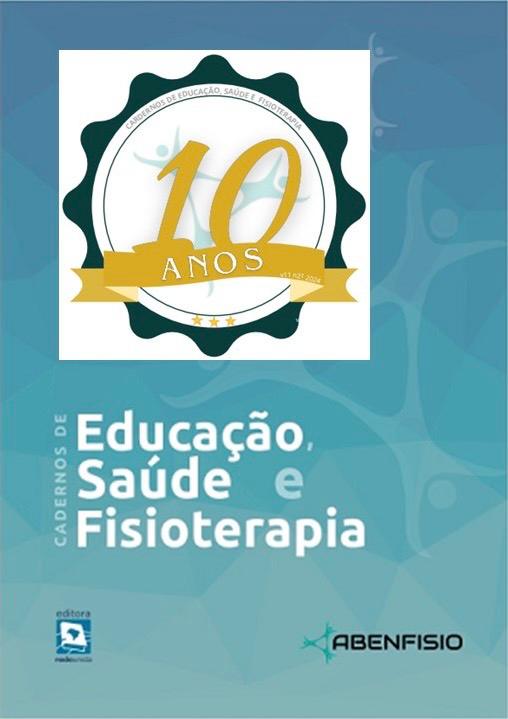HOW PHYSICIANS WORKING WITH PELVIC FLOOR DYSFUNCTIONS BASE THEIR CLINICAL PRACTICE: A QUESTIONNAIRE-BASED OBSERVATIONAL STUDY
DOI:
https://doi.org/10.18310/2358-8306.v11n21.a15Palavras-chave:
Cross-Sectional Studies, Women's Healt, Evidence-Based Medicine, Evidence-Based Clinical PracticeResumo
Introduction: Evidence-Based Practice (EBP) has been widely disseminated in recent years; however, there is still need to be a gap its use in clinical practice. Objective: To identify the profile among gynecologists and urologists who work with pelvic injury disorders in Brazil and the barriers faced in implementing EBP. Methods: A descriptive observational study will evaluate the knowledge, skills, barriers, and facilitators of EBP implementation in clinical practice. A questionnaire was sent out via social media and completed using the Google Forms digital platform between August 2022 and January 2023. After obtaining the descriptive results, a regression analysis was carried out using the Poisson model. Results: Sixty-three responses from gynecologists and urologists with an average age of 44.81 (± 12.01) years. Of the participants, 87.8% use articles as a method of updating, and a further 62% point to using WhatsApp groups as a social network for professional information. Approximately 85.7% understand the application of research results in clinical practice, and 95.3% consider EBP necessary for their clinical practice. The study showed that those who declared a better command of the English language had a higher prevalence of the number of items indicating that they had carried out EBP. Conclusion: physicians working with PFD report that they apply EBP routinely, update their knowledge through scientific articles and social networks, and use databases regularly. However, the lack of command of the English language was a barrier to implementing EBP in professional clinical practice.
Downloads
Publicado
Edição
Seção
Licença
- Autores mantém os direitos autorais e concedem à revista o direito de primeira publicação, com o trabalho simultaneamente licenciado sob aLicença Creative Commons Attribution que permite o compartilhamento do trabalho com reconhecimento da autoria e publicação inicial nesta revista.

